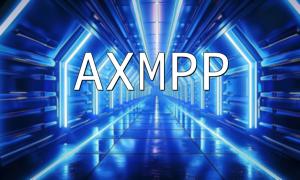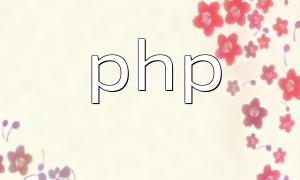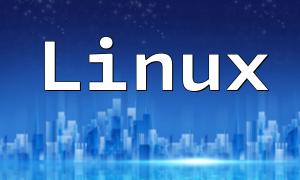The Kail environment is becoming increasingly popular among developers due to its speed and flexibility. If you're planning to set up a PHP development environment in Kail, this guide will walk you through the process step by step.
Before installing PHP, it's recommended to update the system packages to ensure you're working with the latest tools and security patches. Run the following command:
sudo apt update && sudo apt upgradeOnce the system is updated, install PHP using the APT package manager. By default, this installs the latest version of PHP:
sudo apt install phpIf you need a specific PHP version, such as 7.x or 8.x, use a command like:
sudo apt install php7.xTo enhance PHP's capabilities, it's useful to install commonly used extensions, such as:
You can install them with the following command:
sudo apt install php-mysql php-xml php-curlAfter installation, verify that PHP is properly installed by checking its version:
php -vIf you see version information, PHP is installed successfully.
Once PHP is installed, you may want to adjust its configuration to suit your development needs. The main configuration file is php.ini, typically located at:
/etc/php/{version}/cli/php.iniCommon settings you might want to change include:
After making changes, restart your web server to apply the new configuration. If you're using Apache, run:
sudo service apache2 restartFollowing these steps, you should now have a fully functional PHP development environment in Kail. Keeping your system up to date and configuring settings appropriately will help you build better and more efficient applications. If you run into issues, consider checking the official PHP documentation or developer communities for support.









